“The point of meditation is not to perfect yourself but to improve your capacity to love.”
– Jack Kornfield
“Familiarity leads to wisdom.” -Buddha
“The best way out is always through.” -Robert Frost
This is the first in a series called “Meditations on Meditation.” They are intended to help beginning and experienced meditators consider their intentions and motivations as they walk a mindful path.
When I began to meditate, I thought of it as a new tool to help me figure things out, to fix or eliminate whatever was bothering me. I had all of these questions, “Why am I feeling so frustrated?”, “What am I going to do with the rest of my life?”, “Am I past my prime?” I figured that as I became more focused, I would answer these questions and move on. I would literally meditate my worries away. But that’s not what happened. Thankfully, by sticking with it, I learned that this practice is not yet another self-improvement project but a way of living and thinking. The questions didn’t get answered but I was able to reflect on them without needing to figure them out.
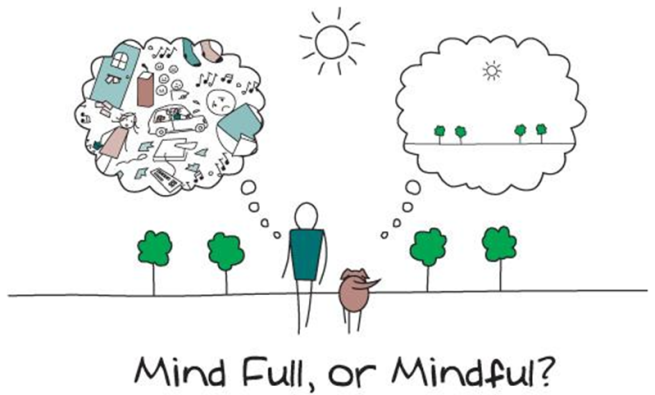
Should I “empty” my mind or be with what is?
Many beginning meditators come to Center For Self-Care feeling overwhelmed or at their wits’ end. Others have a basic familiarity and want to learn more. Either way, there are some common pitfalls that can make the benefits of meditation elusive. It is worth considering what the “point” of meditation is. In the early days, I’ll hear complaints like “I can’t stop thinking,” “This is just making me more frustrated,” or “I’m afraid I’m doing it wrong.” If you are thinking these thoughts, you are probably doing it right!
 For me, the point of meditation is not to empty one’s mind or reach enlightenment, or even become more focused and productive. It’s about feeling what we are feeling while we are feeling it. It’s about being aware of what’s happening in this moment and relating to it with kindness. Ultimately, this allows us to respond thoughtfully instead of reacting habitually to whatever arises. The good news: relaxation, stillness, clarity and happiness are wonderful byproducts of intentional and consistent practice
For me, the point of meditation is not to empty one’s mind or reach enlightenment, or even become more focused and productive. It’s about feeling what we are feeling while we are feeling it. It’s about being aware of what’s happening in this moment and relating to it with kindness. Ultimately, this allows us to respond thoughtfully instead of reacting habitually to whatever arises. The good news: relaxation, stillness, clarity and happiness are wonderful byproducts of intentional and consistent practice
Below, I’ve listed some of the motivations our clients have shared as they come to meditation. Take a look at the right column to consider a different way to approach these questions. Allow yourself to rest in these questions without needing to answer them or get them right.
| If you’re hoping for this . . . | . . . try this out instead |
| I want to feel relaxed
I want to empty my mind I want to figure it out I want to get it right I want to be happy |
Can I pay curious attention?
Can I let thoughts come? Can I become intimate and familiar? Can I just put my body there? Can I cultivate resilience? |
This work takes practice. Consider three components of a vibrant mindfulness practice,
- Regular Meditation
- Try 7 Mindful Minutes or Meditation Challenge or visit us on iTunes or Insight Timer
- Supportive Community
- Join us every Monday at 7:15pm for Simply Meditation in Devon, PA
- Time for Intensive Exploration
- We offer one-on-one training or try out our retreats including Meditations on a Meaningful Life: A Retreat about Aging and Change this April 17-19 near Wilkes-Barre, Pennsylvania
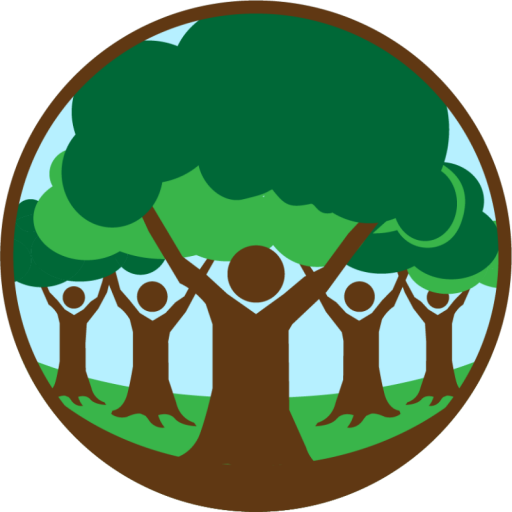






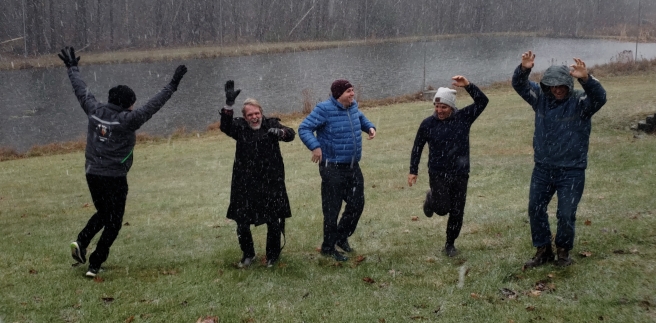
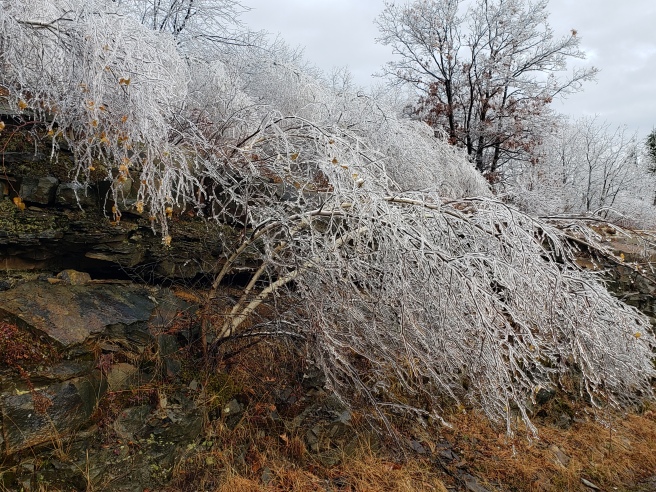
 A traditional focused breathing meditation often includes the instructions “No need to try to change anything or make it a certain way. Instead, observe your experience unfold, returning again and again to the breath when you become distracted.” Aside from being easier said than done, practicing in this way builds the muscle of attention and discernment. It offers an invitation to sit with the uncertainty of each moment. Intrusive thoughts, strong emotions and sensations in the body call for your attention and you explore the choice to let them go or follow the story.
A traditional focused breathing meditation often includes the instructions “No need to try to change anything or make it a certain way. Instead, observe your experience unfold, returning again and again to the breath when you become distracted.” Aside from being easier said than done, practicing in this way builds the muscle of attention and discernment. It offers an invitation to sit with the uncertainty of each moment. Intrusive thoughts, strong emotions and sensations in the body call for your attention and you explore the choice to let them go or follow the story. The point is not to masterfully and fully answer these questions but instead to see what arises. When I last undertook this exercise, I used an example of a business opportunity I’m pursuing. Asking “What’s the worst thing that could happen?” elicited the response, “It might not work” and “I could be embarrassed“. As I reflected on those worst cases, I felt a softening and a loosening because those weren’t actually all that bad when I investigated them. I did, however, consider the “repair” question to better plan for an adverse outcome and how I would respond.
The point is not to masterfully and fully answer these questions but instead to see what arises. When I last undertook this exercise, I used an example of a business opportunity I’m pursuing. Asking “What’s the worst thing that could happen?” elicited the response, “It might not work” and “I could be embarrassed“. As I reflected on those worst cases, I felt a softening and a loosening because those weren’t actually all that bad when I investigated them. I did, however, consider the “repair” question to better plan for an adverse outcome and how I would respond.
 Over the last few weeks, I’ve been teaching self-compassion, beginning each session with these two questions. It seems each group enjoys sharing their insights on how to support a friend. And then I offer the second question. Suddenly, body language shifts. Perhaps an audible “Uh-oh!” is declared as we together recognize that perhaps we need to flip the Golden Rule on its head. For all the care and compassion we offer to others, we usually reserve a healthy dose of judgment and criticism for ourselves. Do unto ourselves as we would do unto others. At least when it comes to compassion.
Over the last few weeks, I’ve been teaching self-compassion, beginning each session with these two questions. It seems each group enjoys sharing their insights on how to support a friend. And then I offer the second question. Suddenly, body language shifts. Perhaps an audible “Uh-oh!” is declared as we together recognize that perhaps we need to flip the Golden Rule on its head. For all the care and compassion we offer to others, we usually reserve a healthy dose of judgment and criticism for ourselves. Do unto ourselves as we would do unto others. At least when it comes to compassion.
 Mindfulness practice can be boiled down to three things: catching yourself, being gentle and beginning again. We do this over and over, no matter how many times we become lost in thought or distracted by a feeling. In our workshops, we have practiced
Mindfulness practice can be boiled down to three things: catching yourself, being gentle and beginning again. We do this over and over, no matter how many times we become lost in thought or distracted by a feeling. In our workshops, we have practiced 



 “When you look at a
“When you look at a 


 Next, we explored the practice of
Next, we explored the practice of 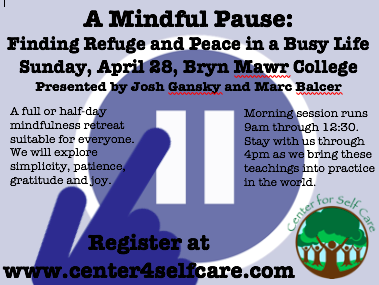
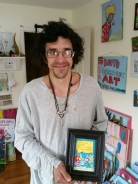

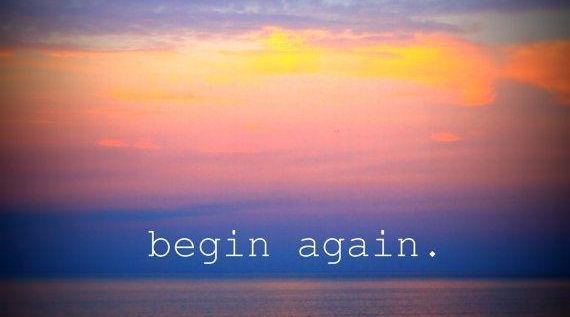
 Meditation a simple practice but it sure isn’t easy. It’s radical because our evolutionary biology is based on avoiding pain and seeking pleasure instead of allowing our experience to unfold. Our culture reinforces that by emphasizing comfort and convenience over actually feeling what we are feeling when we are feeling it.
Meditation a simple practice but it sure isn’t easy. It’s radical because our evolutionary biology is based on avoiding pain and seeking pleasure instead of allowing our experience to unfold. Our culture reinforces that by emphasizing comfort and convenience over actually feeling what we are feeling when we are feeling it.